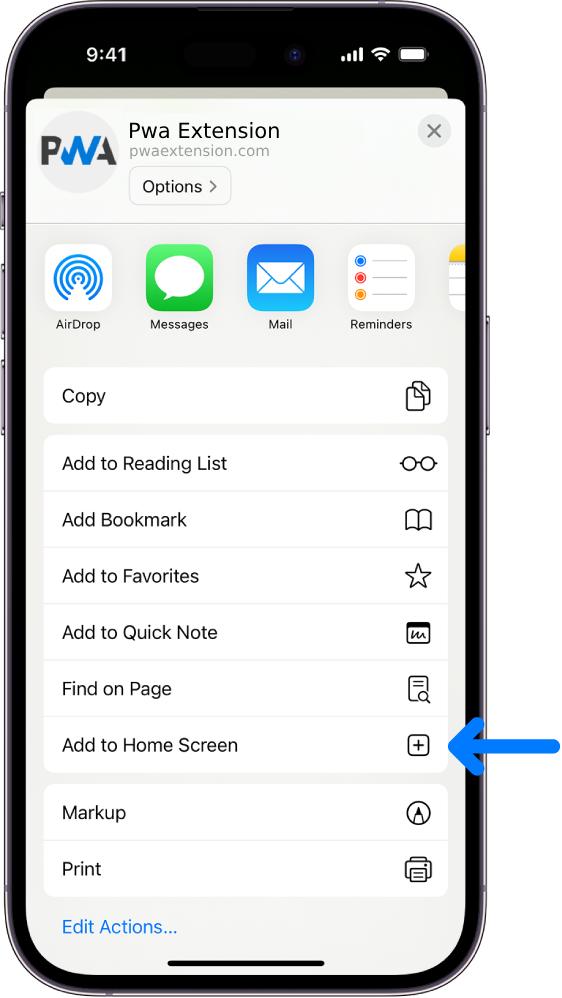The Vehicle
We acquired our Hymer B564 in January 2006 as a substitute for buying a second home on a Greek island. That plan fell through after several years of looking, the last part of which we actually did in a three-week trip to Evvia in a hired motorhome. That was a story in itself, and, in hindsight, was a little bold on our part. While I had driven a VW camper to Italy back in 1980, Jill had only experienced the joys of camping under canvas. Despite one or two minor mishaps on that trip we fell in love with the motorhoming way of life and abandoned the idea of a Greek island second home for a mobile one.
By pure chance we had rented the ideal (for us) motorhome solution – the Hymer B564. This is relatively small, just slightly over 6 metres long, 3 metres high and 2.25 metres wide, allowing you to go to most places that an ordinary car can. It is also fully self-contained with kitchenette, toilet and shower. It has provision for two smallish double beds – we have one each – and they are both very comfortable. When we started looking to buy we found one almost straightaway – only two years old, a left-hand drive private import. We added a solar panel immediately to provide a constant charge for the ‘leisure battery’ and got rid of a motorbike carrier from the back. So equipped, we are able to go for three days and nights without needing to refill the fresh water tank or empty the wastes. This allows for ‘wild camping’.
The gas compartment is big enough for two 11kg propane tanks and these provide enough gas for six to eight weeks as long as you don’t use it to provide central heating – i.e. just for moderate cooking, and heating water. Despite warnings about Russia’s early winters we actually found that we had almost continuous warm sunny weather throughout the trip – meeting only a few thunderstorms and, later in the trip, coldish nights coming back through Europe.
Over the three years following our buying the Hymer, we toured Ireland, Morocco, Norway and Sweden, Scotland and the Outer Hebrides, and Italy. Each of these trips took place over three-week spells, languages were never a serious problem and there was often a campsite to provide the essentials – but we also got used to stopping over on beaches, farm tracks and any other scrap of waste land we could find, free of charge. When added to our trip to Greece all this provided us with confidence in the vehicle and a realisation that we could solve most problems as they arose.
Russia was a different kettle of fish, being planned to last six to seven weeks, over very bad roads and without the back-up of campsite facilities. Few had apparently preceded us so there weren’t many ‘travellers’ tales’ to draw on. The few who had done it had generally gone with groups, in convoy, and with interpreters and masses of spares and back-up. We were going alone and so had to have worked out how to cope with the most common problems on our own – or with anything we could put in place.
For short we will refer to the Hymer as ‘the van’ (we actually call her Trudi but this might confuse the casual reader!).
The van has been regularly serviced and is relatively low mileage – currently just 56,000km (the speedo is in kilometres and so are distances on the continent, so that is what we will stick with). But we decided to pre-empt common problems by putting two new tyres on the front end and replacing the fan belt and timing belts. The fifth gear (a notorious problem with Fiat Ducato-based motorhomes) had been replaced the previous year, in Italy, and the engine battery was replaced in 2008.
We then acquired a heavy-duty tow rope and heavy-duty jump leads.
As far as spares went we had the usual spare lamp kit, a spare fuel filter (on advice that diesel in Russia was not well refined though now we realise that only refers to the cheap ‘truck diesel’ which we avoided), the spare fan belt and one of the old tyres in addition to the spare wheel.
Our garden spade was also taken to dig holes for the toilet waste and to dig us out of soft ground, if necessary. Other tools included a fairly comprehensive kit of spanners and most things needed to maintain a house on wheels!
Our annual van insurance with Safeguard (through Swinton) provides roadside recovery from the AA, working in partnership with other motoring organisations on the continent. However, this does not extend to Ukraine or Russia so we had to hunt down some breakdown cover for those countries. Fortunately we were able to do so, with the RAC, but this came with caveats – that the cover applies only west of the Urals and that it might not be able to respond effectively even there. It is also limited to vehicles of maximum permissible gross weight of 3.5 tonnes.
But what would happen if we broke down in some remote place and couldn’t get any help through the RAC cover? Our back-up system was to be twofold, a 3G mobile phone and a laptop computer with a BT mobile internet dongle. In theory this would allow us to post a help request on the Motorhome Facts forum – where moderators and willing helpers are on line almost 24/7. In the event neither was used and there was only 3G cover available around Moscow, St Petersburg and Volgograd – and the BT dongle didn’t work outside the UK because I’d forgotten about roaming restrictions! The consolation was that there are a huge number of vehicle breakdowns in western Russia – and consequently a huge number of vehicle repair shops. We were never far from a source of help that could be accessed with only a few words of Russian.
As a result of all this planning we thought that as far as the van was concerned we had most angles covered as best we could for a solo trip. We also put our faith in the reliability of the Fiat Ducato chassis. We don’t think we were mistaken – despite the awful roads encountered, especially in Ukraine, the van just kept plugging along, rocked, rolled and shaken, but never stopped. This was no mean feat when we were passing everyday literally dozens of broken down vehicles ranging from Mercedes, through articulated Volvo HGVs to Ladas. The most common breakdowns seemed to be wheel, tyre and suspension related – punctures, broken suspensions, wheels parting company with the vehicle, etc. In one case we even saw the wheel bogie from a trailer truck completely separated from the trailer, with that lying in a ditch by the side of the road and the driver sitting on the roadside holding his head.
{backbutton}

 (share) button at the bottom of your screen,
(share) button at the bottom of your screen, ( Add to Home screen ).
( Add to Home screen ).